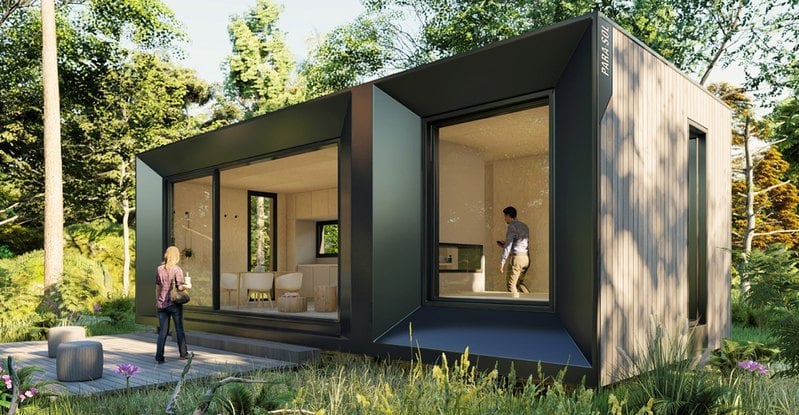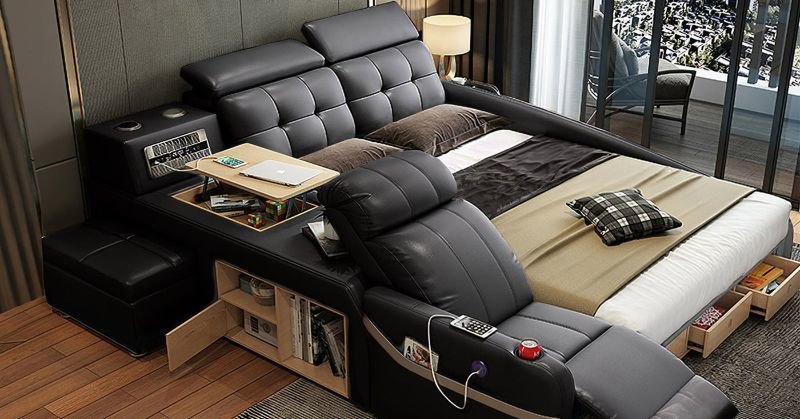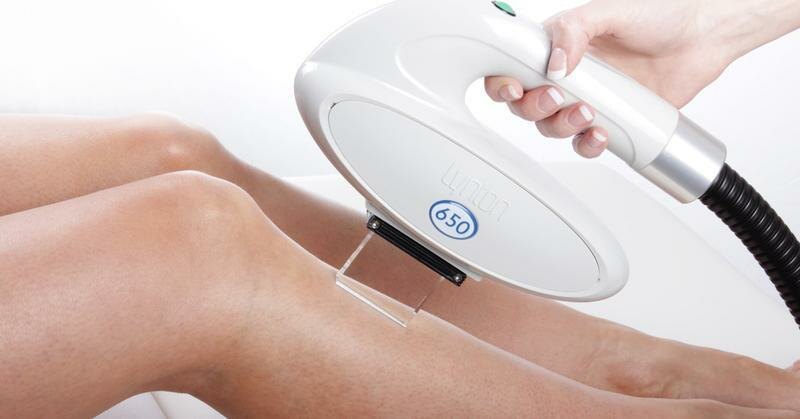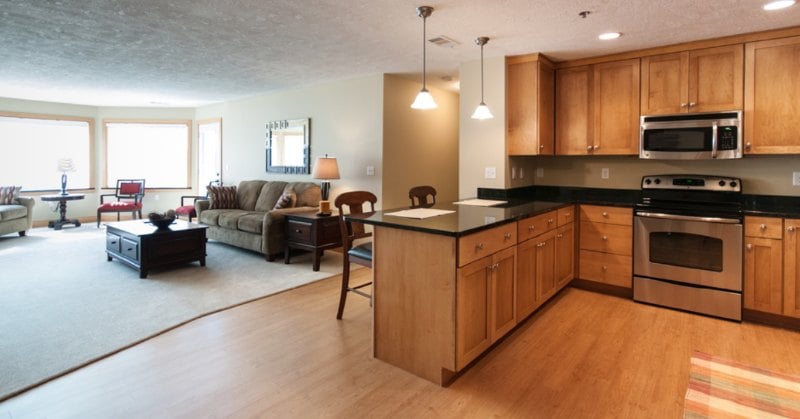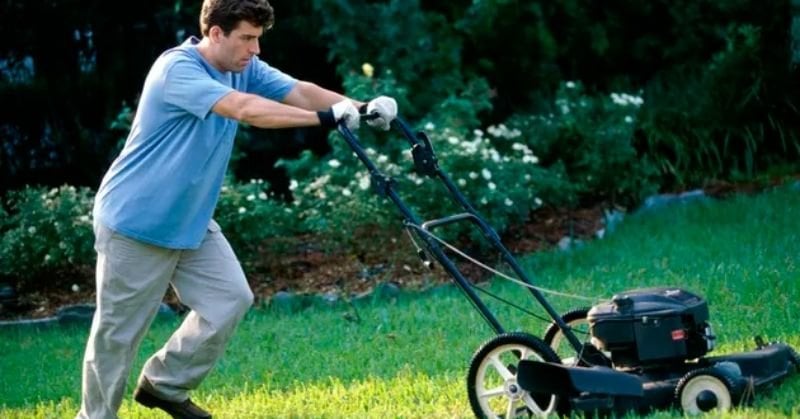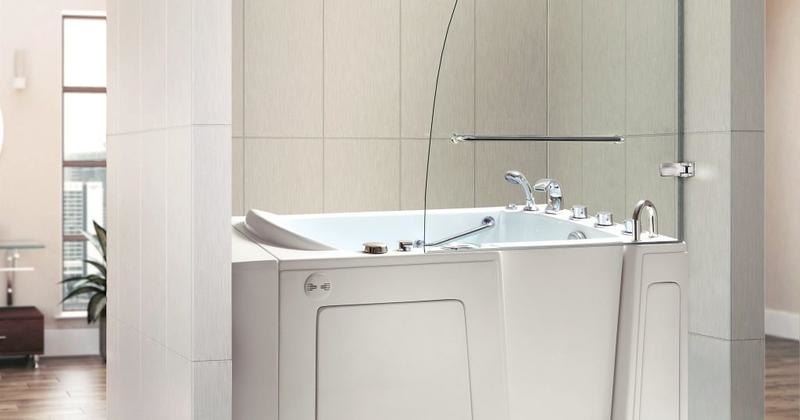Ensuring safe and accessible bathing for seniors has historically been a challenge in the US. Yet, recent industry developments and program support have made safe bathtubs more affordable and accessible. This article delves into how these changes are enhancing seniors' lives, making safe bathing not just necessary but also financially feasible.
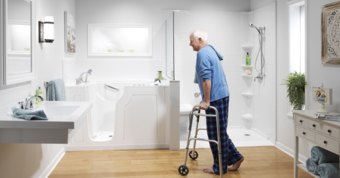
The Importance of Safe Bathing for Seniors
For seniors, the bathroom represents one of the most hazard-prone areas of the home. Issues like limited mobility, balance problems, and weaker muscles increase the risk of slips and falls. Accessible bathtubs, equipped with features such as non-slip surfaces, grab bars, and low-entry points, significantly reduce these risks, promoting a safer and more independent lifestyle.
Recent Trends Lowering Costs
-
Technological Advancements: Innovations in manufacturing and materials have led to the development of cost-effective solutions that do not compromise on safety or quality. For example, new synthetic materials can mimic higher-end designs at a fraction of the cost.
-
Increased Competition: As more companies enter the market with their versions of accessible bathtubs, prices have started to decrease. This competition not only makes these products more affordable but also pushes manufacturers to continuously improve their offerings.
-
Government and Insurance Support: Many states have programs that assist seniors with home modifications. For instance, Medicaid's Home and Community-Based Services (HCBS) waivers can cover some costs of installing accessible bathtubs. Additionally, some private insurance plans offer partial reimbursements as part of their coverage.
Top Affordable Bathtub Options
Several brands stand out in the market for their balance of cost, accessibility, and user reviews:
-
Walk-In Tubs by Safe Step: Known for their comprehensive safety features, including wide doors and ultra-low step-in, these tubs are also backed by warranties that assure long-term reliability.
-
American Standard Walk-In Baths: Offering a variety of models, these tubs come with quick drain technology and a free-standing design, making them easier and cheaper to install.
-
Kohler Walk-In Baths: While slightly more expensive, Kohler offers innovative features like fast-fill and fast-drain capabilities, hydrotherapy jets, and heated surfaces for maximum comfort.
How to Choose the Right Tub
When selecting an accessible bathtub, consider the following:
-
Personal Needs: Assess the specific mobility challenges and preferences of the user. Features like tub size, door direction, and types of therapeutic systems (e.g., air vs. water jets) can make a significant difference.
-
Space and Installation: Ensure the chosen model fits within the existing bathroom space. Some tubs may require extensive renovations, adding to the cost.
-
Budget and Financing: Besides the purchase price, consider installation costs and available financing options. Some companies offer payment plans or partnerships with financing institutions.
Conclusion
Affordable, safe, and accessible bathtubs are a pivotal development for US seniors, empowering them to preserve independence and safety at home. Thanks to technological advances, competitive markets, and supportive governmental and insurance initiatives, these crucial bathroom fixtures are increasingly within reach for many.
